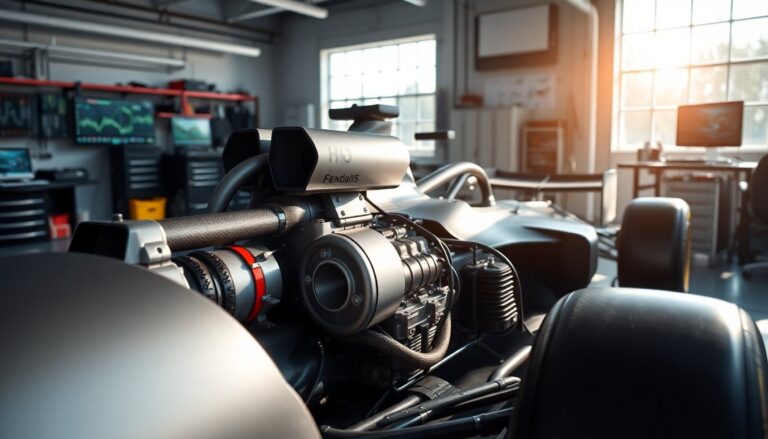Argomenti trattati
How Formula 1 technology works
Formula 1 technology represents a sophisticated integration of engineering, aerodynamics, and data analytics. Each car embodies cutting-edge engineering, meticulously crafted to achieve peak speed and efficiency. Key elements include the chassis, power unit, and a range of electronic systems that monitor and enhance performance. A Formula 1 car functions like a finely tuned instrument, with every component working in unison to deliver unparalleled speed on the racetrack.
Advantages and disadvantages
The benefits of Formula 1 technology are apparent in its capacity to redefine speed and innovation. For instance, the incorporation of hybrid power units boosts fuel efficiency while ensuring high performance. However, this advanced technology incurs significant costs related to research and development, potentially restricting access for smaller teams. Furthermore, the swift pace of innovation necessitates continuous adaptation by teams, or they risk lagging behind in the competition.
Applications of Formula 1 technology
Numerous technologies developed in Formula 1 extend their influence beyond the racetrack. For example, innovations in tire technology have significantly impacted the automotive sector, improving safety and performance in consumer vehicles. Additionally, data analytics and telemetry systems utilized in Formula 1 are increasingly applied in diverse fields, including healthcare and manufacturing, highlighting the broad applicability of these advancements.
The Formula 1 market
The market surrounding Formula 1 technology is extensive and financially rewarding. With substantial investments from sponsors and manufacturers, the sport serves as a vital testing ground for new technologies. The demand for high-performance vehicles and related technologies continues to surge, positioning Formula 1 as a pivotal entity in the automotive industry. As the sport progresses, its opportunities for commercialization and technological growth will also expand.
Outlook
Looking ahead, anticipated advancements in Formula 1 technology will focus on sustainability, including fully electric power units and improved aerodynamics designed to minimize carbon footprints. The future of Formula 1 is set to be not only faster but also more environmentally friendly, aligning with global movements towards sustainability and innovation.

